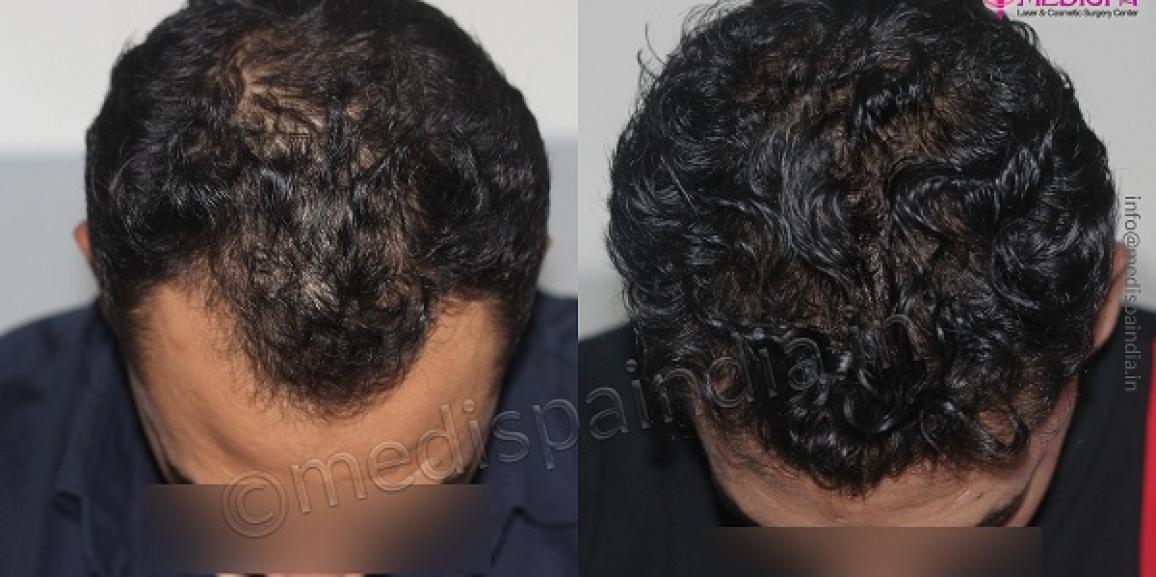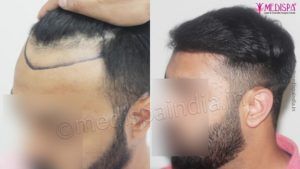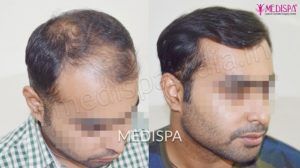
Hair loss could occur because of many reasons like genetic or hereditary, hormonal influence or associated with any systemic disease or trauma. In the present hectic life, there are certain contributory factors increasing the prevalence of hair loss which include increasing pollution, increasing stress, changed lifestyle and eating patterns.
Besides any cause of hair loss, it is distressing for the sufferers. In most of the cases the hair loss is temporary and reverses on its own but when it is permanent it needs medical attention.
There is an upcoming trend of opting hair transplant in India as a treatment for hair loss. Besides the popularity of the procedure, hair transplant cost in India has also become quite affordable. Not just the domestic patients but in fact the hair loss sufferers from all across the globe travel to India these days for hair transplant tourism.
Let us know is really the hair transplant an appropriate solution for pattern baldness.
What is pattern baldness?
Pattern baldness is also referred as genetic baldness or androgenic alopecia. The pattern baldness is caused by the genetic dysfunction against the hair follicles due to which the hair follicles becomes oversensitive against the androgenic hormones. It runs from generation to generation so if your parents or grandparents have the issue of hair loss it is likely that you get it too.
Pattern baldness is a permanent hair loss condition that initiates from receding hairline or a bald patch at the vertex area. Gradually the hair loss progresses and the bald areas progresses forming a large bald area. In advanced stages, the baldness progresses to such an extent that it leaves only a band of hair at the back and sides of the head.
The reason of leaving back and sides of the head is the presence of DHT resistant hair follicles in these areas which do not possess receptors for the androgenic hormones. Therefore, these hair follicles are left unaffected and stay intact for lifetime.
Stages of pattern baldness
Norwood classification is used to grade the baldness area in progressive stages. The stages representing hair loss are explained as follows:
Class I: Entire hairline lies high on the forehead and is not actually balding.
Class II: Triangular areas of recession in the sides of frontal area and minimal recession on mid frontal area.
Class III: Borderline case. Deepening of triangular recession or can include thinning of hair on the vertex.
Class IV: Further frontal hair loss and widening of hair loss from vertex but still a wide band of hair present separating frontal and vertex hair loss.
Class V: Widening of frontal and vertex hair loss and continual breaking of separation line of hairs between frontal and vertex baldness.
Class VI: Band or bridge of hair disappear merging frontal and vertex baldness.
Class VII: A band of hair presents only in back and side of the head.
Hair transplantation procedure
Hair transplant procedure is indicated in cases with established baldness. The procedure is intended to cover the bald area on the scalp or in the facial areas like beard, moustache or the eyebrow redesigning.
In this procedure, the hair follicles are extracted from the donor areas comprising of permanent hair roots which are then transplanted to the desired bald area. The procedure provides permanent hair growth at the desired bald area and covers it in a pleasant way. FUT and FUE are the two primary ways to perform hair transplant which is opted based on the individual situation of your hair loss.
Is hair transplant the appropriate solution for pattern baldness?
Hair transplant is definitely the appropriate way to deal with baldness because of certain advantages this procedure offers that include:
- Hair transplant offers permanent outcomes as in this procedure permanent hair roots are opted for the harvesting and transplantation.
- You can get 100% natural looking results with this procedure as your own hair with same characteristics are transplanted which grow the exact same way your natural existing hair grow.
- You can now have maximum possible hair growth with hair transplant with the advent of the newer techniques.
- The transplanted hair does not need any sort of maintenance once the physical recovery is over.







